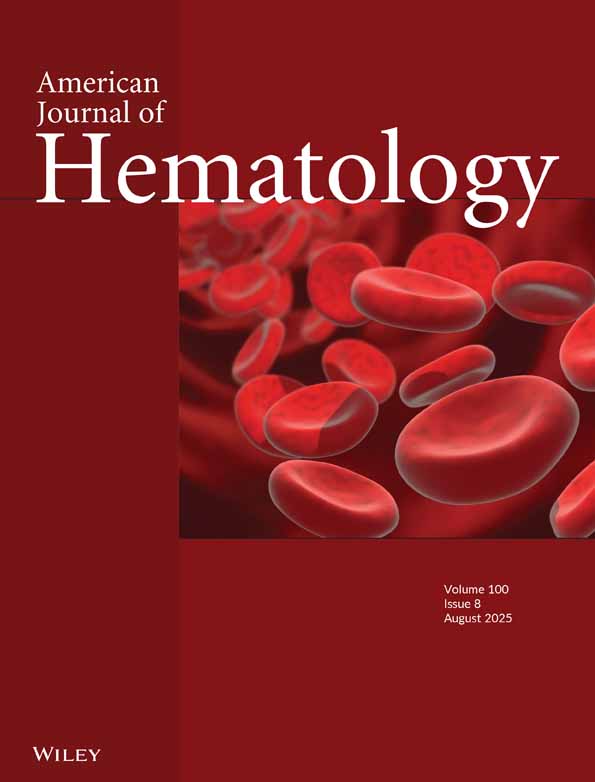A novel 105 basepair deletion causing β0-thalassemia in members of a Thai family
Abstract
We identified and characterized a novel β0-thalassemia mutation due to partial deletion of the 5′ end β-globin gene including the mRNA cap site and a part of exon 1. The deletion was precisely 105 basepair (bp) in length extending from position −24 or −25 to +80 or +81 relative to the β-globin gene mRNA cap site. This mutation was detected in three individuals from a family originating in the area of southern Thailand. The propositus was a 39-year-old female and noted to be heterozygous for β-thalassemia with hemoglobin (Hb) level of 10.1 g/dl, MCV 70 fl, MCH 23.1 pg, HbA2 6.3%, and HbF 2.4%. Her son was 9 years of age and was also heterozygous for the mutation, having Hb level of 10.8 g/dl, MCV 58 fl, MCH 19.0 pg, HbA2 5.6%, and HbF 4.3%. Her 6-year-old daughter was affected, having a genotype of this mutation and a G-C transition at IVS 1 nt 5. Although the deletion does not include the β-globin gene promoter sequences, the individuals heterozygous for this mutation have an elevated HbA2 level slightly higher than observed in most carriers of β-thalassemia caused by point mutations. Am. J. Hematol. 61:1–4, 1999. © 1999 Wiley-Liss, Inc.




